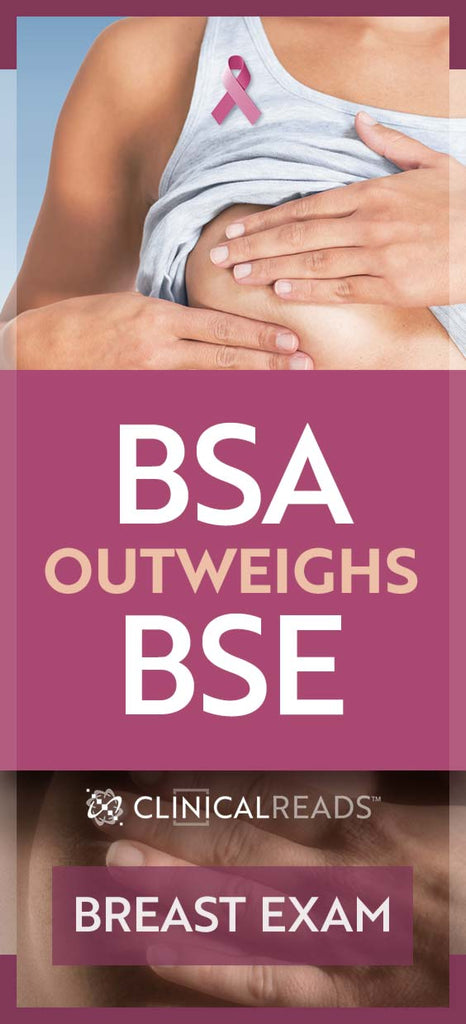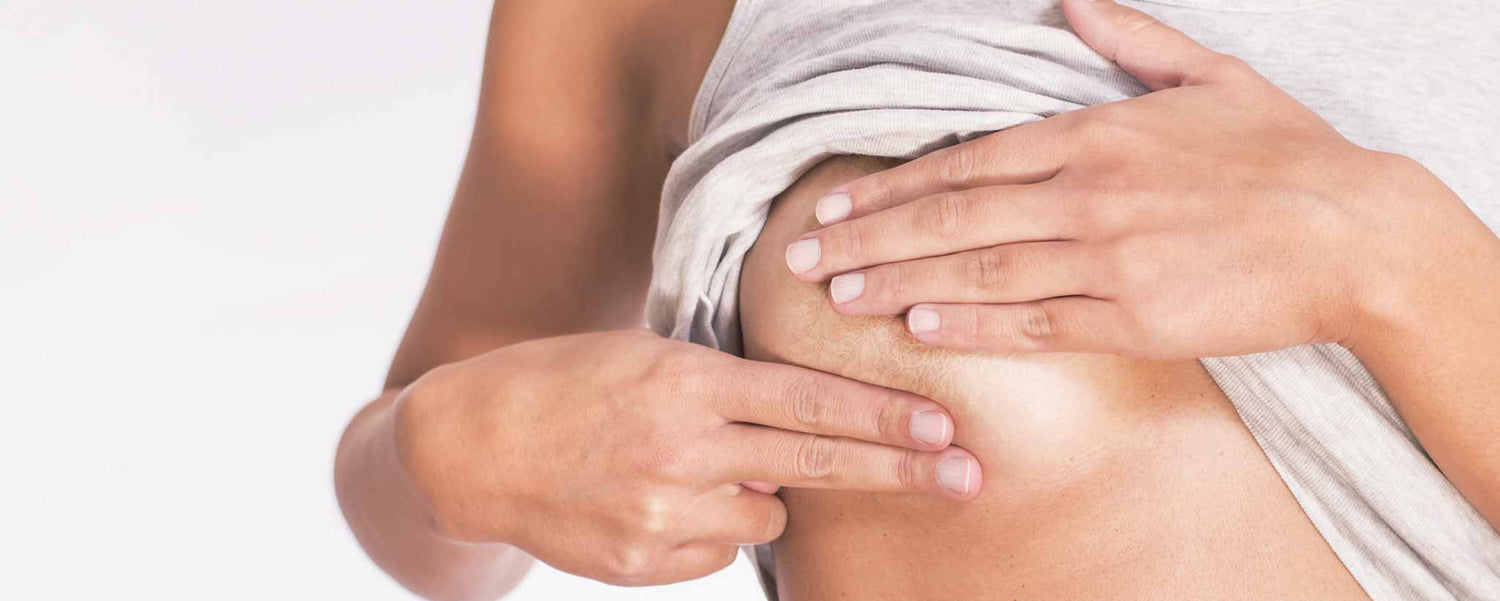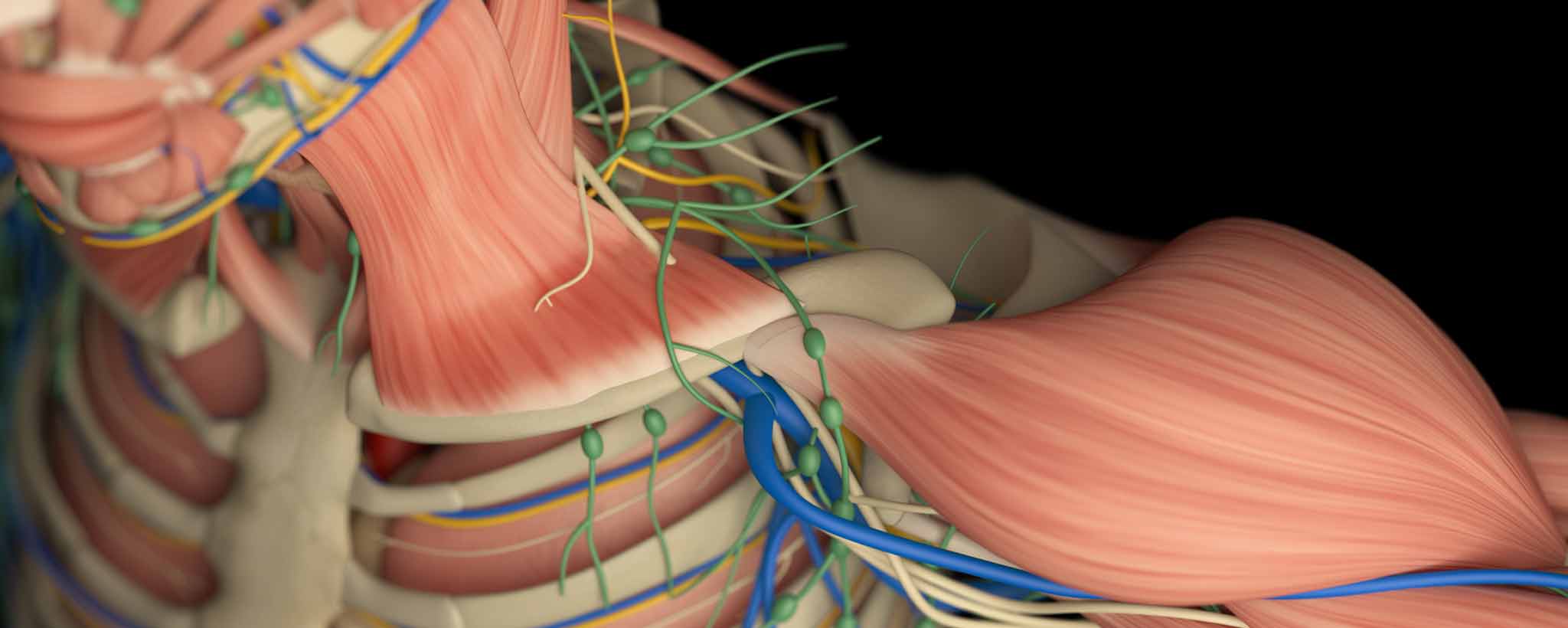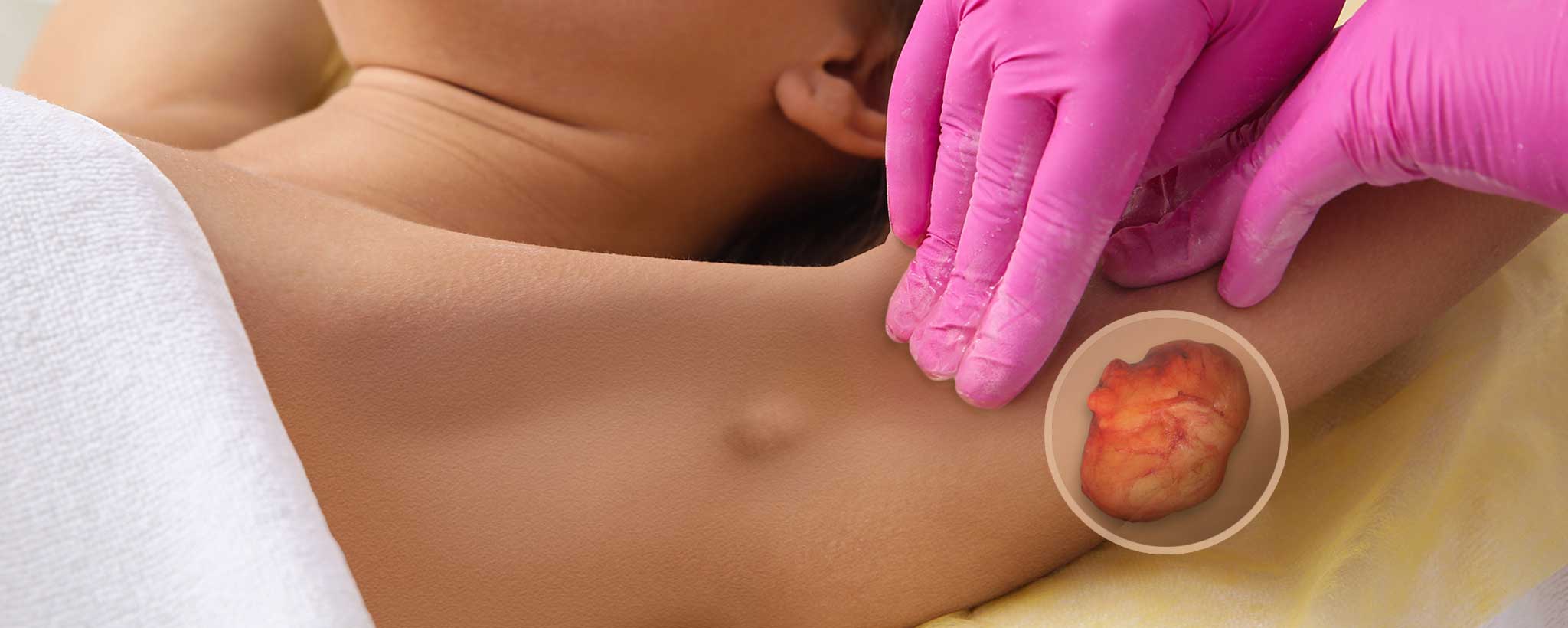Prudish older women might avoid self-exam because it requires touching one’s own body in what might be considered a sinful manner.
Why Some Women Might Not Do It
Not just prudishness is fueling aversion. Monthly breast self-examinations (BSE) are on the decline. Some ladies leave it to their gynecologists. Others may poke around a bit during October in response to all the pink ribbons. Many are just interested in the annual feminine fashions. It has been said in the medical community that women who are taught to examine their breasts tend to do it badly or not at all.
A woman has daily contact with her breasts while showering and getting dressed. But pressing deeper into the tissue requires traversing a psychological taboo. F.D. Moore alludes to fear, dislike, or dread of breast self-examination that arouses apprehension of cancer, pain, and death.
Theoretically, people do not like considering the possibility of serious disease so they focus attention elsewhere. A clinical study even questions BSE efficacy. There is no single reason for non-compliance. What are your feelings toward it?
A New Awareness
Medical ob-gyn professionals have tried to motivate by citing statistics. Forty percent of women with breast cancer find their own lump or breast change. Doctors highlight the advantages of a woman becoming intimately familiar with her own benign bumps and bulges—and to focus on any new ones as a form of breast self-awareness (BSA).
The dichotomy of assuming, ‘They may be trying to kill me’ prevents some women from performing anything more than a cursory inspection of breasts, which are generally esteemed for their form and function than health indicators.
Up to 94 percent of American women are aware of the breast self-examination procedure and its stated benefits. Dr. Elisa Port, Chief of Breast Surgery at Mount Sinai School of Medicine in New York City, says that one of the problems with the monthly BSE is that “many women say they don’t feel like they know what they’re doing.” Dr. Deborah Axelrod recommends “feeling your breasts every 2 or 3 months, mainly to get to know what’s ‘normal’ for you.”
How Do You Feel?
Here is a difference you should know as a concerned person. While performing a BSE, perhaps lying in bed or in the shower, the focus is on discovering a lump. There may be one or more that represent a woman’s normal anatomy. Initial lump discovery leads to much anxiety.
There is time and expense for fruitless doctor visits and radiology. Finally, you are reassured everything is all right. To prevent this cycle of anxiety, expense, and reassurance, you may give up on checking yourself, feeling you do not know what you are doing.

Heidi Trott, a nurse practitioner uses “the term awareness rather than examination.” She says, “It’s important to inspect the breast, to look at it in the mirror, to get a sense of what your breast tissue feels like.”
Breast self-awareness is not necessarily performed monthly. The point is to be familiar with personal characteristics. There may be an overall lumpy texture. Multiple large soft masses could be common. In either case, breast self-awareness takes this into account and searches for atypical texture or appearance.
The poster entitled Anomalous Areolae depicts 13 different areolae ranging from typical to atypical. Along with 6 other illustrations, it discusses many of the questions women have about this important aspect of their anatomy.
Not Just Feeling For Lumps
A mirror helps you pay attention to more than a new lump or mass. Invasive lobular carcinoma (10 to 15 percent of breast cancers) shows up as a thickening, puckering, or retraction. Inflammatory breast cancer (5 percent of breast malignancies) manifests breast swelling, redness, and palpable warmth. Breasts appear infected or pitted, like an orange peel.
Because of variable breast density and technology limitations, all women cannot simply rely on mammograms. Discovering new masses early, whether benign or requiring life-saving treatment, can be more reassuring than the uncertainty. So if you are hesitant to palpate yourself monthly, at least be aware of individual anatomical characteristics as a woman and periodically check for anomalies.
To support the writing of scholarly articles about women, ClinicalPosters sells human anatomy charts, scientific posters, and other products online. You may sponsor specific articles, become a ClinicalNovellas Member, or remit a small donation.
ClinicalPosters sells human anatomy charts, scientific posters, and other products online to offset expense of the writing useful articles about women. Slide extra posters into DeuPair Frames without removing from the wall.
Show your support by donating, shopping for ClinicalPins, becoming a ClinicalNovellas Member, or leaving an encouraging comment to keep the research going.
To support the writing of useful articles about women, ClinicalPosters sells human anatomy charts, scientific posters, and other products online. You may sponsor specific articles or remit a small donation.
ClinicalPosters sells human anatomy charts, scientific posters, and other products online to offset expense of the writing useful articles about women. Slide extra posters into DeuPair Frames without removing from the wall.
ClinicalPosters sells human anatomy charts, scientific posters, and other products online. You may remit a small donation or become a ClinicalNovellas Member.
You can support the writing of useful articles about women by sponsoring specific articles, becoming a ClinicalNovellas Member, or remitting a small donation. Visible content is optimized for device size.






 Romance & Health Intertwine. Fall in love with a captivating romance miniseries that explores the essence of well-being. Become a ClinicalNovellas member for heartwarming tales.
Romance & Health Intertwine. Fall in love with a captivating romance miniseries that explores the essence of well-being. Become a ClinicalNovellas member for heartwarming tales.





